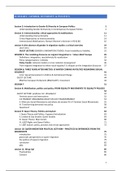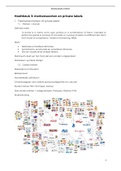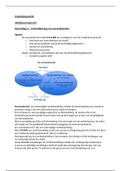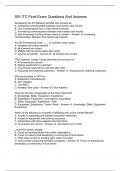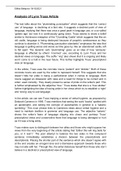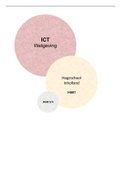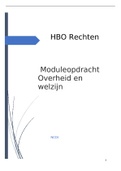Summary
Summary gender, diversity & politics
- Course
- Institution
Summary gender, diversity & politics. This course is taught at several universities (UA, VUB, Ugent) and is an elective course for both Master Gender & Diversity, Political Sciences, Sociology, Languages, etc.
[Show more]
